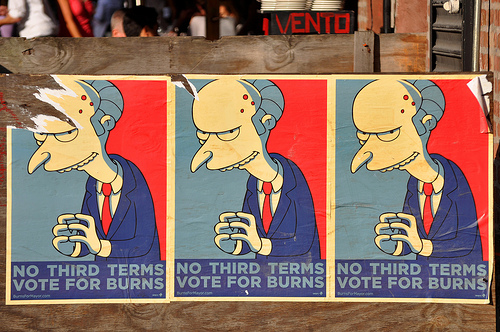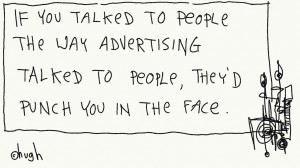According to KTTU in Alaska (Nov. 17, 2009), the US Post Office has decided to stop handling mail addressed to Santa at the North Pole.
Post office disappoints children
A post office spokesman said they were concerned about security because a few people have gotten the letters and sent inappropriate things.
From now on, letters to Santa at the North Pole will be set aside, or probably recycled (?!?).
They’ve also completely disrupted local businesses in the town, which depends on Christmas-related revenue to keep its economy going.
Why not treat people like, well, people. Not like account numbers, or commissions, or names in a database you can manipulate at will. You’ll get more trust and more customers. Set up your policies to help your clients, not push them away. The post office’s numbers aren’t good (last I checked they were losing billions). Maybe a little genuine customer care would help. Couldn’t hurt.




 There’s been a lot of discussion about “free” lately.
There’s been a lot of discussion about “free” lately. 